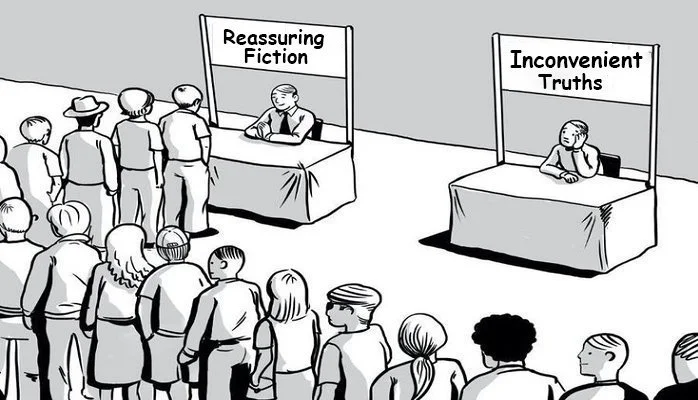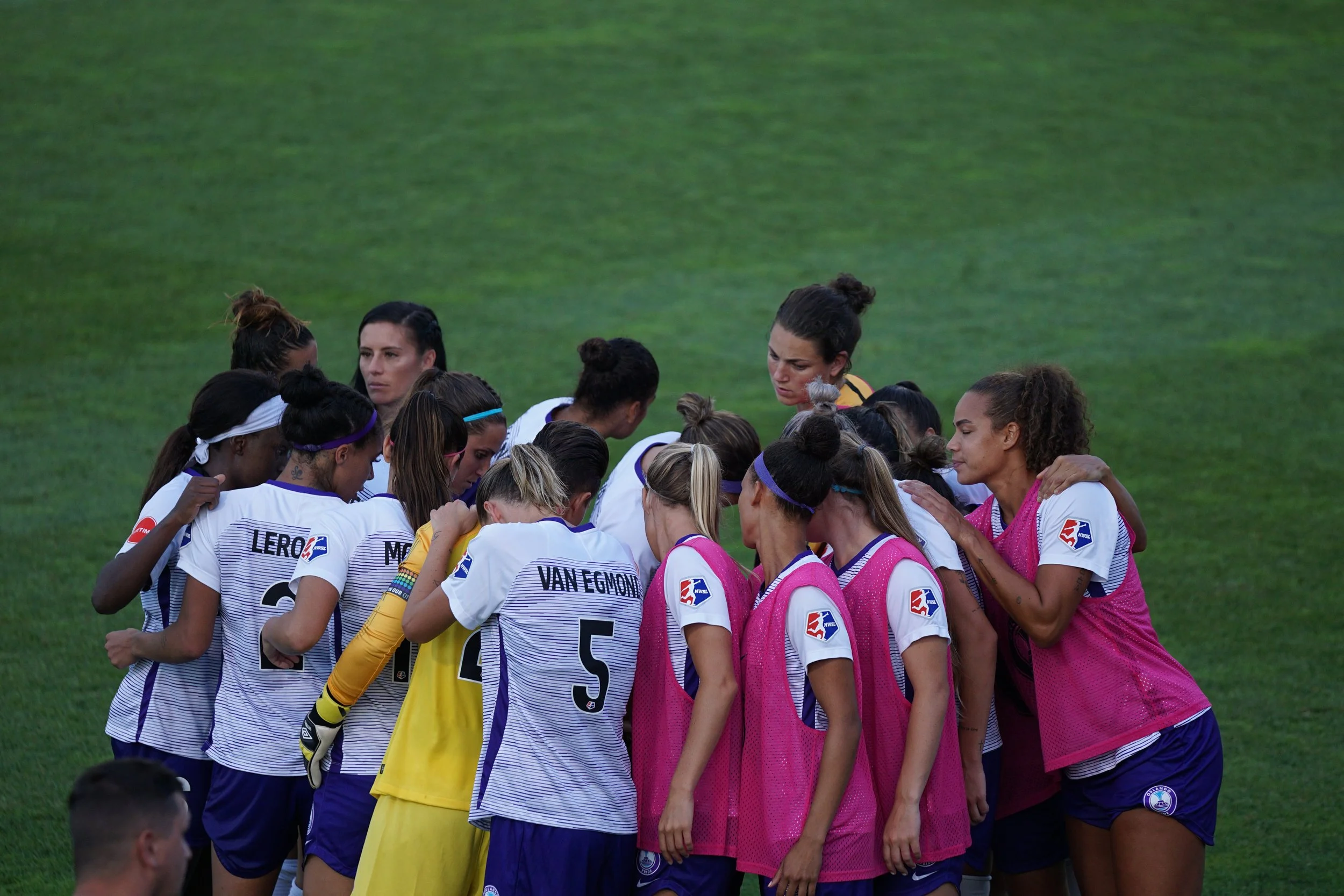Practitioners working in the realms of physical preparation, 'strength and conditioning', athletic development, sports coaching and sports medicine all share the desire that their athletes become more 'athletic'. Feats of athleticism can be readily recognised and appreciated. Yet observers and practitioners alike would struggle to describe with any clarity or detail what exactly constitutes 'athleticism'. Clearly we must first define qualities such as athleticism in order to understand how we might go about developing them. From a talent identification and talent development viewpoint, what do we need to identify and develop in a young athlete? In this post we aim to elucidate what athleticism is, and explore the constituent parts that underpin athleticism.
The Olympic Pursuit of Inspiration
For the most part, when those in the media talk of 'inspiration' or 'being inspired' they are referring to those watching sport being inspired to strive to achieve the feats that they have seen or attempt to emulate sporting heroes. In this way, great athletes are often described as 'an inspiration to others'. Essentially, this is inspiration borne of admiration - essentially the 'I want to be like them when I grow up' scenario.
The alternative meaning of inspiration - and the definition that this post will mostly focus on - is inspiration in the sense of stimulating thought or inspiring new ideas.
Solving the Puzzle of Training Young Athletes
A famous and often cited quote in relation to training youth is that 'children are not mini adults'. Clearly the approach to physical preparation for children and adolescents should differ to what is employed with athletes competing at senior level. This is evident from biological, physiological and long term development perspectives. What is less clearly defined are the specifics of how our approach should differ, and how this will alter according to the respective phase of growth and maturation. In this post we will aim to shed some light on this topic.
Specificity and the Simulation Trap
This week I was asked about sport-specific programming by a young coach. Specificity is much misunderstood or at best incompletely understood in relation to training prescription and programming. Our task is to prepare the athlete for the rigours of training and competing. Nonetheless, rather than training the sport into the individual, we train the individual in the sport. In this sense the sport (or sports) provides the context, but the focus remains tailoring physical preparation and athletic development to the individual. This is a subtle but important distinction as we will explore in this post.








